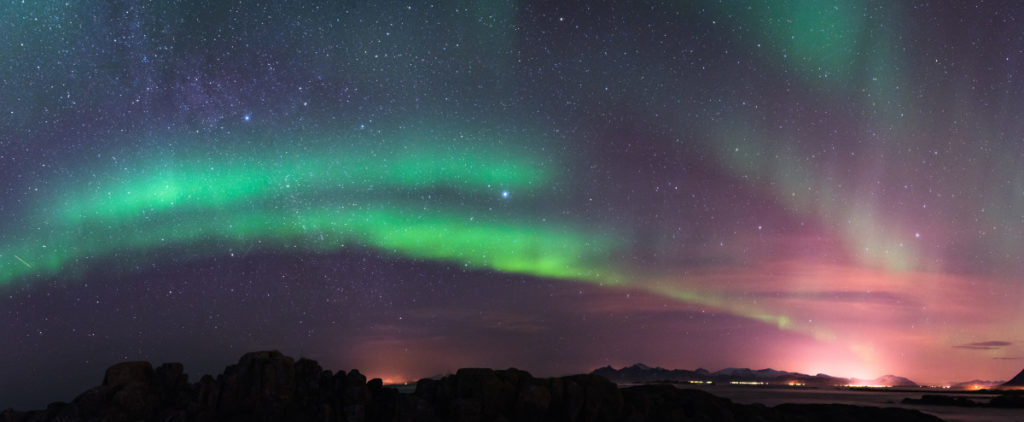CO₂ transport and storage: Northern Lights
Northern Lights is owned by Equinor, Shell and TotalEnergies. The company is constructing an infrastructure for the transport and storage of CO2. With a capacity exceeding the requirements for storing volumes from Heidelberg Materials and Hafslund Celsio.
Northern Lights will transport Northern Lights will transport CO2 in tankers from the capture sites to the receiving terminal near Bergen.

The Longship CCS project will contribute to new knowledge that can increase the possibility of achieving the long-term climate goals of the Norway and the EU. Throughout the planning and construction period. Longship has generated experience that can help improve the technical basis for future projects. The experience of adapting to current legislation is shared with the outside world. And both the EU and Norway are working to improve the framework conditions for industries that need CCS to cut their emissions and for CO2 storage providers.
At Northern Lights in Øygarden, CO2 will be stored in pressure tanks. Before the CO2 is pumped offshore through a pipeline to an injection well. No offshore platform is required for these wells. And they will be controlled using existing oil and gas infrastructure on the Norwegian continental shelf. Much of the design and operation of these facilities is similar to that used for liquefied petroleum gas (LPG).
CO2 from Northern Europe
From the start, Longship’s ambition has been to make it possible for emission sources in Europe to transport their CO2 to the Norwegian storage site. Therefore, the receiving terminal has been designed with future expansion in mind. The number of pressure tanks can be increased. And there is the possibility of building an additional pier to be able to receive two tankers at a time. The pipeline from the receiving terminal can transport large volumes of CO2. Therefor several wells can be connected to the end of the pipeline. In 2023, Northern Lights entered into agreements with two new customers. Northern Lights will store CO2 from Yara’s plant in Sluskil in the Netherlands and from Ørsted’s bio-based power plant in Denmark. The first phase of Northern Lights has now been filled, but work is underway on a phase 2.
Regulation
Equinor was granted permission to develop the CO2 storage site Aurora on behalf of Northern Lights in January 2019. The area lies south of the giant Troll hydrocarbon field, west of Bergen.
The CO2 is stored in deep saline aquifers; in pores in the sedimentary rocks. Above these rocks, there are roofing layers that prevent CO2 from leaking out again. Northern Lights drilled an exploratory well that confirmed the high quality of the storage reservoir in the first quarter of 2020. The well will serve as an injection well when the project comes on stream.
Before the injection of CO2 can start, Northern Lights must secure a CO2 storage permit from the Norwegian Environment Agency.
To comply with the regulations associated with these permits, Equinor and its partners want to put in place a robust monitoring system, similar to the one they have used for many years on the Sleipner and Snøhvit storage fields. Read more on Northern Lights’ own site’s.
